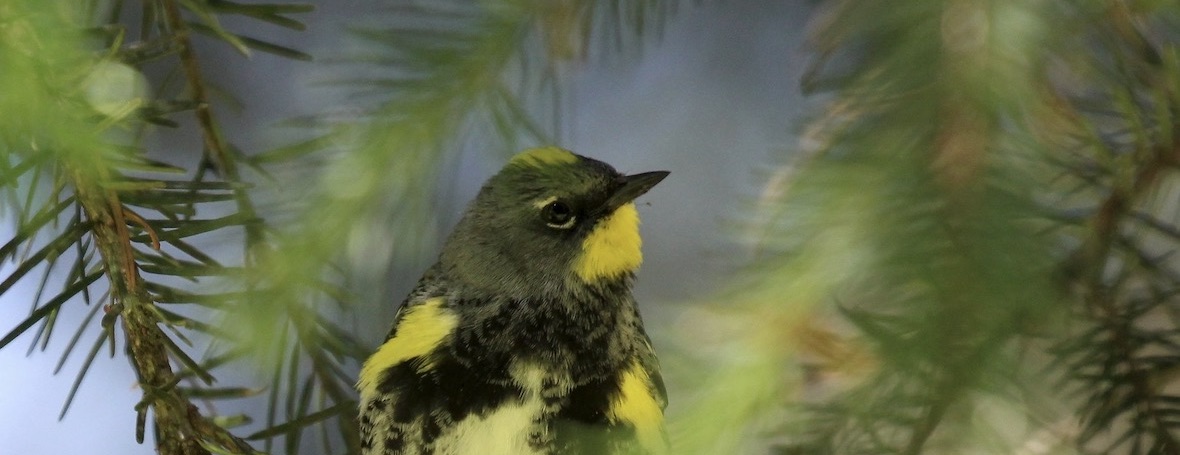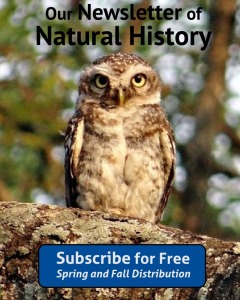
Fossil Fair ~ Saturday, May 11th

Join us for the Fossil Fair on Saturday, May 11th, from 11:00 am to 2:30 pm, located on the deck outside the Natural History Centre! There will also be a special presentation by Dan Bowen of the Vancouver Island Paleontological Society (VIPS) on the “Fantastic Fossils of Hornby Island” from 1:00 to 1:30 at the Room to Grow.

Creating Kinship – Spring Workshop

Looking at the Environment through an Indigenous Lens
Spring Series 1 – Seeds as Thoughts
A 4-part series offered by Heather Royal Brant (Haudenosaunee/Celtic) that explores our shared remembering of kinship with all things as we call on the land as Teacher.
NEW HORIZONS, SATURDAY, APRIL 27th
1:30 – 3:30 PM. Cost for one session: $15
Thanks to the CVRD for sponsoring this series.
To register: hornby.naturalhistory@gmail.com

New Winter Hours

You are invited to the Natural History Centre, now open every Saturday from 12:30–2:30 pm! Immerse yourself in exhibits celebrating the island’s unique biodiversity. It’s the perfect rainy-day destination for anyone with an interest in the natural world. Entry is free for kids and by donation for adults.
A Special First Visitor

We were honored to welcome Margaret Beswetherick, a longstanding Hornby resident and dedicated birder, as our very first visitor when we reopened for the summer on July 1st, 2023.
Margaret’s visit, facilitated by her close friend Bev Lownie, marked an auspicious start to our summer season. Her knowledge about birds and enthusiastic sharing of that knowledge with our summer staff enriched our day.
A talented bird carver, Margaret has multiple first-prize wins from the annual Pacific Brant international carving and woodworking competition. Her passion for birdlife was clear as she explored our taxidermy collection of local birds, taking particular delight in the merlin, juvenile turkey vulture, and the snowy owl.
Margaret shared that, some 50 years ago, screech owls were a common sight on Hornby, often seen perched on telephone wires around the island. Today, sadly, they are no longer present.
We’re grateful for the shared stories and wisdom, Margaret. Thank you for making our reopening day special!
Summer Employment Opportunity

Summer Job Opportunity
with the Hornby Island Natural History Centre
for an Environmental Program Coordinator
This position is funded by a Canada Summer Jobs federal grant.
Job Details:
Dates – June 27 to August 26, 2023
30 hours per week from 9:30 am to 3:30 pm
5 days per week / Sundays and Mondays off
Wage $22 per hour + MERCS
Job training and mentoring provided
Main Responsibilities:
include welcoming visitors and introducing them to our exhibits which have an environmental education and conservation focus.
- engaging people, answering their questions and encouraging a deeper awareness and appreciation of the biodiversity and various natural environments of Hornby
- working collaboratively with the NHC team offering summer programs such as our Speaker Series, nature walks, and workshops
- interacting with families & children, facilitating hands-on activities
- demonstrating how to research & identify items people bring in
- assessing & making suggestions for improving future programming
- maintaining the exhibition space & equipment in a clean & orderly state
- attendance and financial record keeping
Qualifications:
We are looking for someone who is between 17 and 30 and who genuinely enjoys interacting with the public and children, has a strong work ethic, and is a team player.
- must be a Canadian citizen or landed immigrant with a valid Social Insurance number
- suitable for someone aged 18 to 30 who has studied or has interest in Environmental Studies, Education, Geography, Biology or related fields
- knowledge of and a keen interest in our local environment
- excellent communication skills
- basic computer skills
- accommodation on Hornby essential
To Apply:
Please send a cover letter, resume, and name & contact info of one reference to the NHC committee at hornby.naturalhistory@gmail.com
Deadline: June 5, 2023
For questions or assistance email hornby.naturalhistory@gmail.com
Taylor’s Checkerspot Larval Release

Team Checkerspot met to release larval on the Helliwell Park bluffs in March.
This May, be on the lookout for the Taylor’s Checkerspot Butterfly flitting about on the Park’s bluffs.
Checkerspots are an extremely rare endangered species which has been Red-listed by the Canadian government. Once common in coastal Garry Oak ecosystems from Hornby Island to Oregon, First Nations people referred to the butterflies as Whulge, meaning a connection with the land, and it also is their name for the Salish Sea. Salish people successfully managed coastal ecosystems for millennia until colonialism arrived in force in the 1800’s with little understanding of the delicate balance in nature.
This is part of a multi-year project to restore habitat including providing essential host and nectar plants through propagation and planting out twice per year. Since 2016 many thousands of native plants have been planted by project staff and local volunteers.













Larval release photos by barb biagi.

Natural History Garden

Plans are in the works to enhance the garden space outside the Natural History Centre. Phase one of this project will focus on drought tolerant and pollinator friendly gardening. We will prepare edging and soil, while mulching and weeding the area. We will also create a small water catchment system, followed by planting next fall.
Much appreciation to the First Credit Union for granting us $350 for supplies for this project.
Photo by barb biagi: Western Tiger Swallowtail Butterfly in Sweet Rocket.
Bird Song ID Walks

Registration is open for two Bird Song ID walks with ornithologist, Art Martell.
Wednesday, May 31st and Sunday, June 25th, time TBA
Art will lead a slow walk through the forest focusing on birdsong identification. Please note the walk may be cancelled, or rescheduled, if the weather is too poor for birding (e.g., rain, high winds).
Dr. Art Martell is retired in the Comox Valley and is the Volunteer Caretaker for the K’omoks Important Bird Area. Before retirement, Art worked as a wildlife research scientist and manager with Canadian Wildlife Service and Environment Canada. He has had a cabin on Hornby for over 30 years.
Cost: $10 for adults. Children free. Pre-registration is essential as space is limited. Email hornby.naturalhistory@gmail.com to register.
Pictured above: A song sparrow by barb biagi. Song sparrows have a colourful repertoire of songs. Their crisp and clear songs usually begin with three short, sharp notes, followed by a varied trill.
Fossil Fair – this Saturday!

Join us for a fossil fair this Saturday, May 13th, on the deck outside the Natural History Centre. The fair goes from 11:30 – 2:00. Enjoy hands-on activities for kids and local fossil displays!
Fossil Fair

Save the date for our Fossil Fair on Saturday, May 13th!
Millions of years ago, the ancient seas and forests of Hornby Island and the parts of the east coast of Vancouver Island were inhabited by ancient creatures and plants. From ammonites to Tylosaurus, and from sharks to seabirds, fossils are a record of this life. Come learn about these creatures and explore a variety of fossils from the Late Cretaceous epoch at the Hornby Island Natural History Centre’s Fossil Fair.
On May 13th, drop in between 11:30 am – 2:00 pm on the deck of the Centre at 2100 B Sollans Rd. Paleontologists and community members will share their fossil discoveries. Bring your own fossils for identification. Kids can participate in fun-hands on activities. All ages are welcome.
Special guests from the Vancouver Island Paleontological Society will share displays and storyboards and help identify fossils. You can also see the star of our exhibit: a fossil of a large marine reptile called a Tylosaurus which could be 40 feet, as long as a school bus.
Plants in the Forest Nature Walk

Registration is open for Plants in the Forest, a forest walk with Jenna Rudolph on Sunday, April 16th at 11:00 am.
During this forest walk, participants will learn about plant families through pattern recognition. Jenna will also introduce a variety of edible and medicinal plants. Time together will be a mix of walking, talking and nature games for all ages. Jenna Rudolph is the founder of Soaring Eagle Nature School. She is a certified wildlife tracker, herbalist, botanist, birder and maker of hand-crafted tools and fibre.
Cost: $10 for adults. Children attend free. Children 7 and older are welcome with an adult. Please email hornby.naturalhistory@gmail.com to register. Participants will meet on the deck outside the Natural History Centre at 2100 B Sollans Rd.
Photo: Chocolate lily by Paula Courteau
 Hornby Island Natural History Centre
Hornby Island Natural History Centre




























